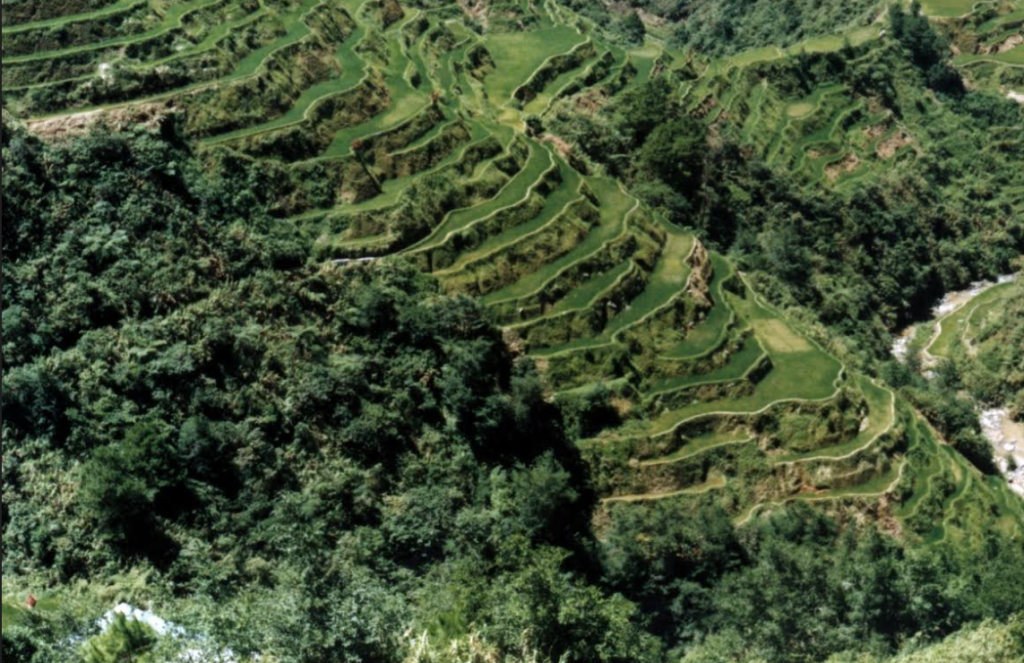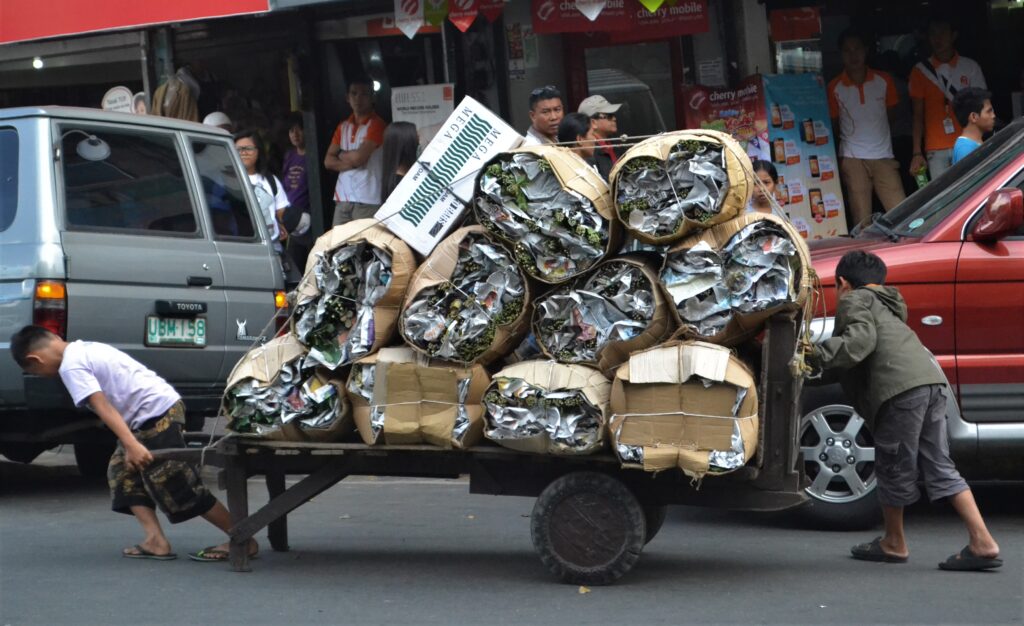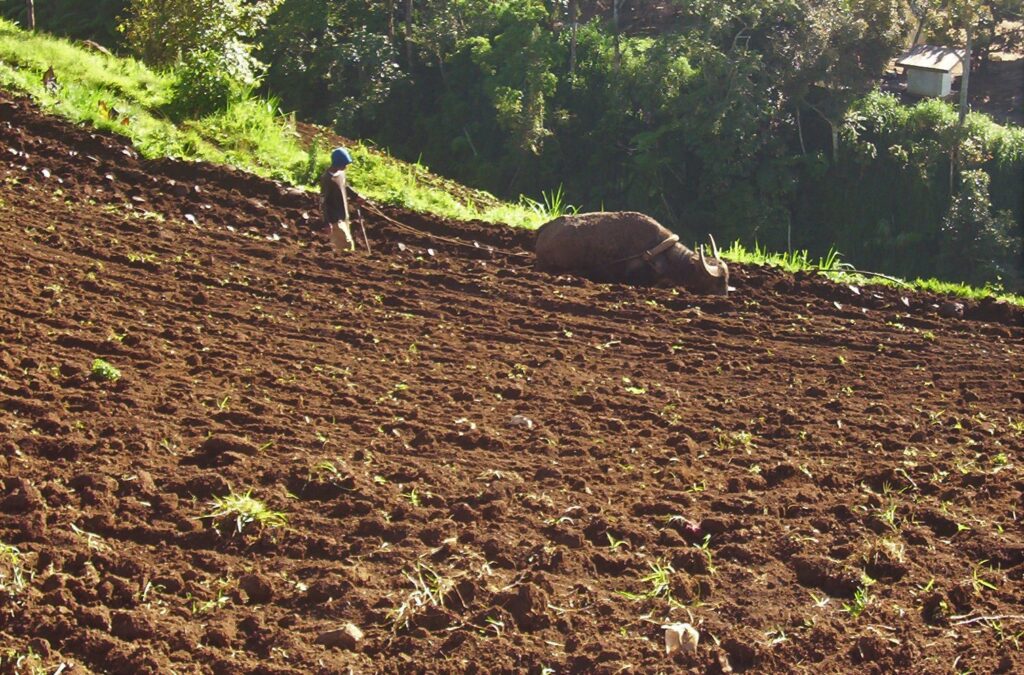1) Waiting for water. The Philippines is not yet what hydrologists call a “water stressed” nation. That label applies to a country whose annual water supplies drop below 1,700 cubic meters per person. When supplies drop below 1,000 cubic meters per person per year, the country faces water scarcity for all or part of the year. These concepts were developed by Swedish hydrologist Malin Falkenmark to gauge current and future water needs and to measure scarcity. (Photo by Henrylito D. Tacio)

2) Banaue’s rice terraces. The rice terraces, described as “the stairway to heaven,” is a living monument to the ingenuity of tribal Filipino farmers who have tilled the steep slopes for over 2,000 years. It is among the top 50 Wonders of the World. It has been listed on the roster of the World Heritage Sites of the United Nations Educational, Scientific, and Cultural Organization since 1995. The UN Food and Agriculture Organization has designated it as one of the Globally Important Agricultural Heritage Systems. (Photo by Henrylito D. Tacio)

3) Children of Lesser God. Child labor, the International Labor Organization says, is work that harms children’s well-being and hinders their education, development, and future livelihoods. When children have to work long hours, their ability to attend school or skills training is limited, preventing them from gaining an education that could help lift them out of poverty in the future. (Photo by Henrylito D. Tacio)

4) Plowing the field. The Philippines is an agricultural country. If you happen to go to provinces, particularly in the barangays, you could see people still plowing their farms with carabao. (Photo by Henrylito D. Tacio)

